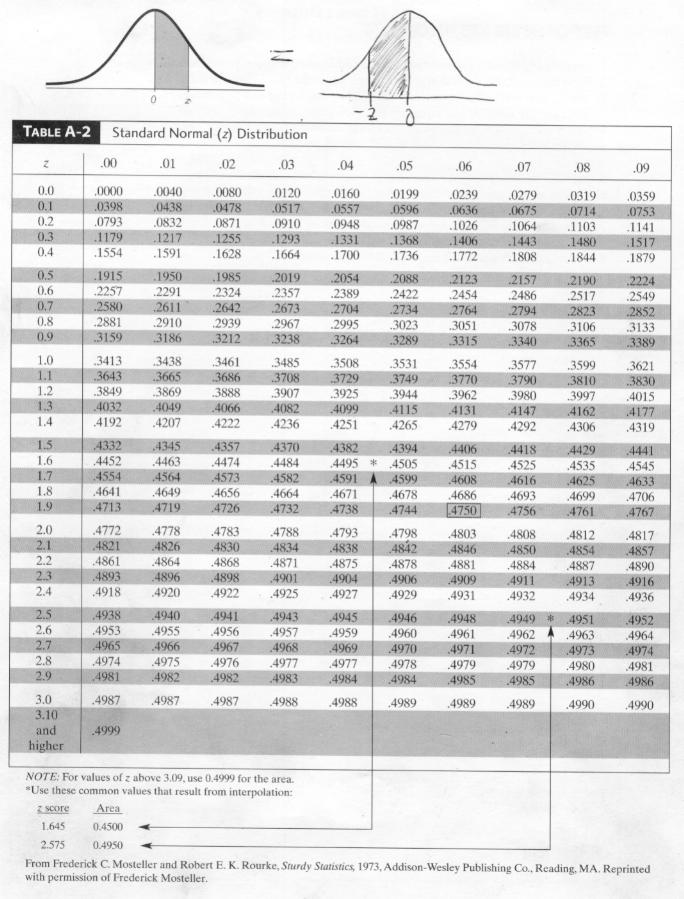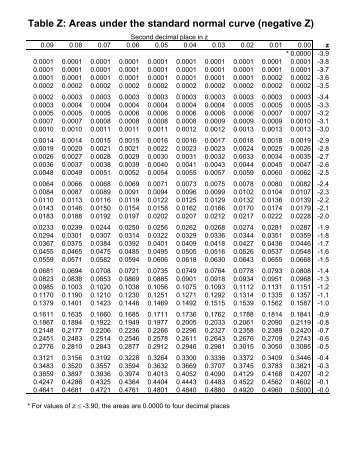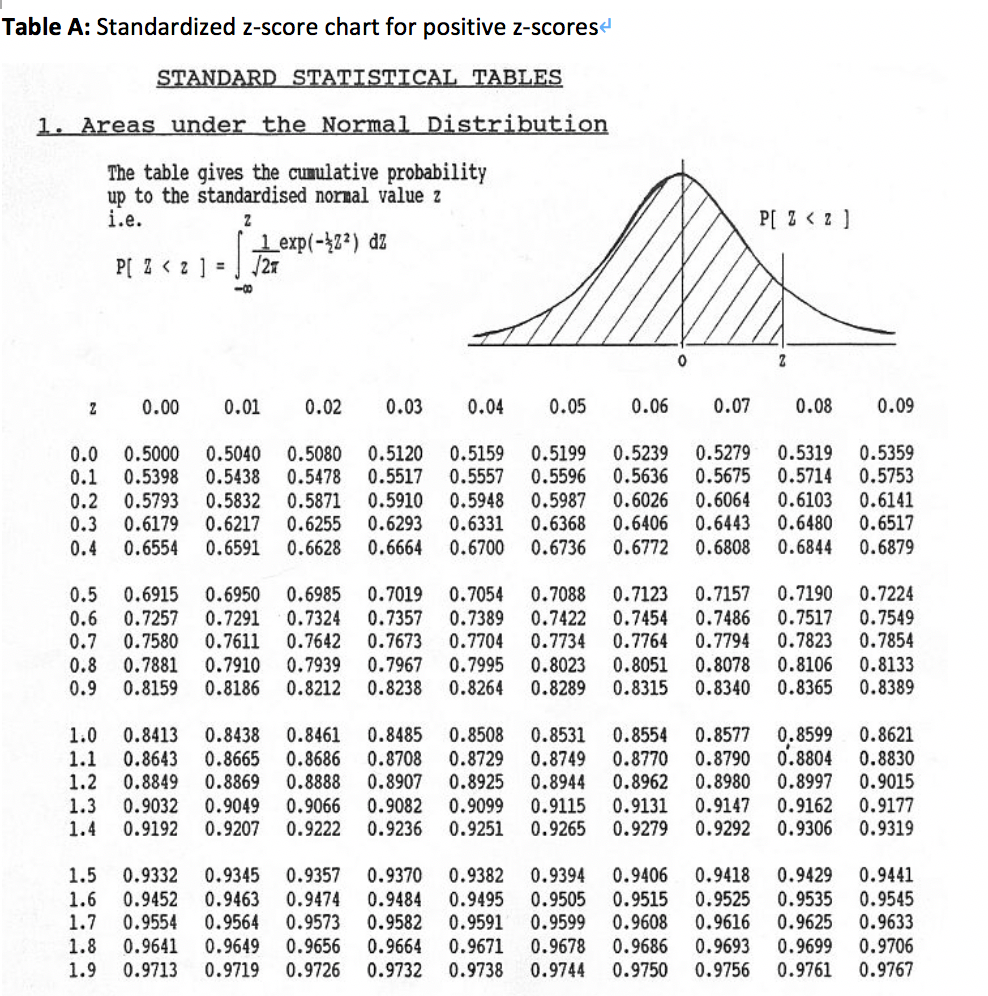

In other words, it should tell the instructor whether a score of 75 is in the top 10% of the class or not. Using a z table, you can obtain the corresponding p value test statistic for this z score, and the p value here should tell you what the chances are for someone in the class to score more than 75 marks in terms of probability. This turns your raw score into a standardized score (which can be used to calculate tail probabilities for hypothesis testing).

Using the given information, the instructor can find the standard score using the z score calculation formula. In the beginning, this may seem like a tedious calculation, but the zscore test statistic makes it fairly easy. Now suppose the instructor is interested in knowing whether one of his best students who scored a 75 is among the top 10% of the scorers. Suppose you have the distribution of class grades for an exam that appears to be normal and it has a mean of 45.

You can read more about p-values and how to find them with contingency tables here.

Moreover, any p-value higher than 0.05 suggests that the variables are not related in any manner. A null hypothesis is a statement that suggests that there is no correlation coefficient between the two variables, it opposes the hypothesis that the two variables are correlated.Īs a norm, whenever a p value of less than or equal to 0.05 is found, we say that the two variables are correlated, in other words, the probability of the null hypothesis being invalid is insignificantly low. What is a P-Value?Ī p-value falls between 0 and 1 just like the likelihood of an event happening, it gives the probability of a null hypothesis being valid. R gives you a number of functions that you can use to make such calculations for a large data frame fairly quickly.īefore I dive into the coding and the methodology of how you can find the standard score for a p value in R, I’ll explain what exactly these terms mean and why you need them. While a statistic class sometimes teaches you how to do this on paper, it is important to be able to do this quickly. Statistical parameters such as the p value and the zscore, also called the standard score, are largely used to make such calculations. You can use R to find the Z-Score for a given P value using the qnorm() function. Or you may also have to find out what percentage of the class failed a particular component of the course. Given a numerical data frame of students’ grades in a class, you may be given the task of finding information like what is the relative position of a particular student in the final exam.


 0 kommentar(er)
0 kommentar(er)
